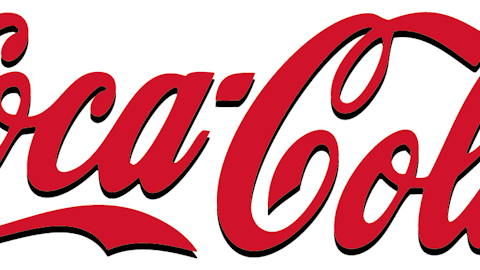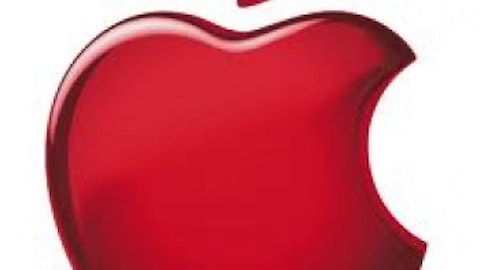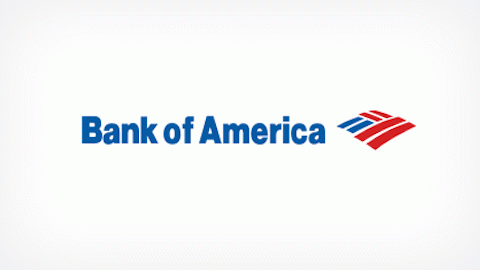How do the competitors stack up?
Hewlett-Packard Company (NYSE:HPQ) is Dell’s biggest competitor and one that has seen similar pressures due to a weak PC market. HP’s quarter ending in January confirmed some of these pressures: EPS was $0.82, compared to the $0.92 the company posted for the same quarter last year, and on the back of a 6% sales decline year over year. While we continue to debate whether the Dell buyout is fairly priced or not, HP could be out in the cold, where it’s trading at a much deeper discount to intrinsic value versus Dell (read more about why). This includes the potential for HP to spin off certain parts of its business, such as its printer segment, which could unlock value for shareholders.
The decline of Dell’s stock price is not unlike that of Xerox Corporation (NYSE:XRX) over the last thirteen years, which has been in steady decline.

The Xerox business model, not unlike that of Dell, has been suffering from serious changes in customer preference. This includes changes in how consumers send and store media. The decline in Xerox’s paper-related products and systems is a result of competition from companies such as HP and Canon. Xerox’s 4Q sales were down 14% and earnings were flat year over year. Last quarter, hedge fund manager Whitney Tilson and billionaire D.E. Shaw were selling off some of their shares (see all the activity here).
The variant view on the Dell deal
Sanford Bernstein suggest that around 20% of Dell’s shares are held by merger-arb investors, which indicates they will in all likelihood vote for the deal. They also add that around 8% of the shares are owned by passive index funds, who will also probably vote ‘yes’ for the deal. That’s roughly 28% that could vote yes. The premium, at $13.65, is 25% to Dell’s pre-announcement trading price. So investors should be happy with this, right? Well, as I mentioned above, many are not, and as a result it is worthwhile to consider what might happen if the deal falls apart. Jefferies notes that if the deal falls apart, the stock could fall to $10, but eventually rebound on a leveraged recap deal that could bump the stock back to $12 per share, which is a 13.6% fall from current levels.
The upside
There are a couple of scenarios, with one being the buyout happens at a higher price, likely around $15. The high-end of the price target range set by Wall Street analysts for Dell is upwards of $16. Jefferies also believes that the bid could be raised to $15.
The deal is already on the table at $13.65, with financing through Microsoft and Silverlake secured, so the likelihood of the deal falling apart lies in the shareholder vote. Assuming, for the sake of arguing, that the two key outcomes are the $13.65 buyout or an increased buyout at $15, and if you assume there is a 50/50 chance between the two, then the probability weighted return is 3.05%, a solid merger-arbitrage opportunity.
Don’t be fooled
I still see the buyout as one of Dell shareholders’ last hopes for seeing some returns in the interim. Merger-arb is a game played by hedge funds who have the capital to make money on small moves in the stock. However, with the backing of Dell’s two largest outside shareholders, Southeastern and T. Rowe, there could be a good chance that the buyout price gets boosted.
The article Dell’s Opposition Grows, But Is It Enough? originally appeared on Fool.com and is written by Marshall Hargrave.
Copyright © 1995 – 2013 The Motley Fool, LLC. All rights reserved. The Motley Fool has a disclosure policy.





